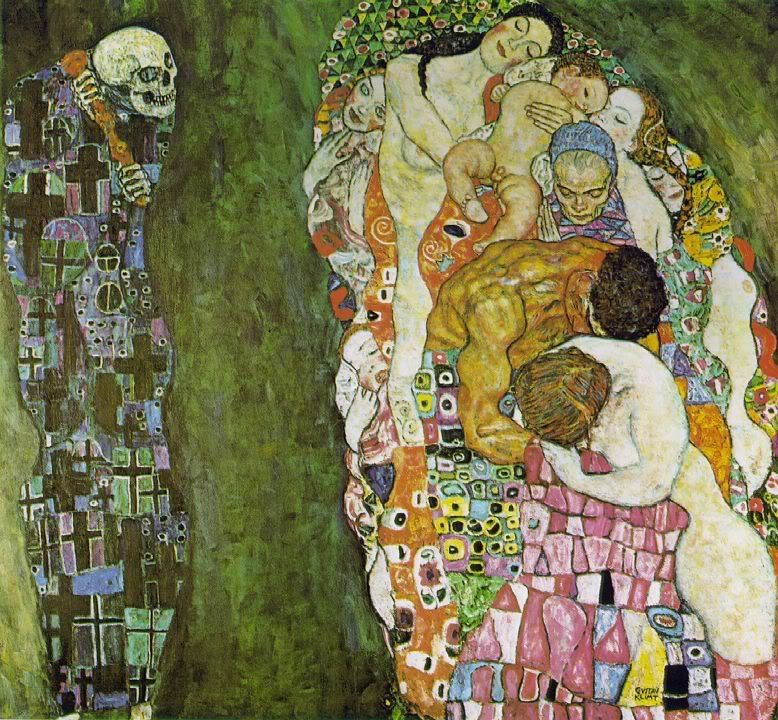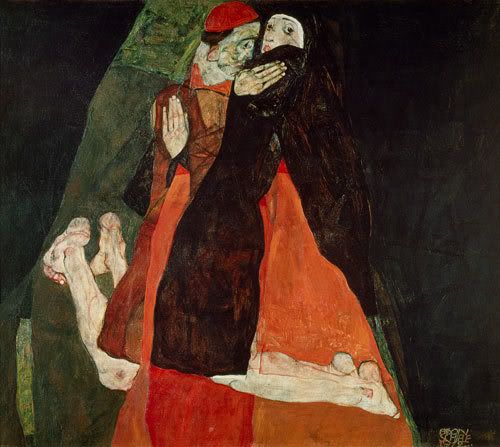August 25, 2007
Welcome to
Sherry, Laura and I took the 7:15am Westbahnhof train to
Me sitting in the wrong cart on the train to Bratislava... this cart reminded me of the Hogwarts Express!
The Bratislava Hlavna Stanica Train Station
We arrived at the Bratislava Hlavna Stanica Train Station. We found the city map and started our journey out into the city. We stopped and asked the locals how to get to
I had pork chops and the famous Vinea! It was deliciously satisfying.
After the nice lunch we cruised around the
Somehow I managed to forget to use the WC before we started walking. I made a mad dash up the giant hill of the
The Bratislava Castle!!!
The view from the top at the castle.
The girls and I walking down the streets of Bratislava
Bratislava's Old Town Square
We wandered the city some more and went in search for an open massage/spa. Interestingly enough, most of the town was closed… and it was a Saturday! At the information center, a young woman helped us find a massage parlor that was open. We spent most of the day walking and on a hunt for a massage parlor. By late afternoon, the girls and I were tired, restless and thirsty. We decided to stop by a small café place for food and drinks. As soon as we finished eating, we continued on our massage hunt. I didn’t exactly know where to go. A kind and very sweet lady helped us get a taxi to our destination. The taxi driver took us far away from
After the taxi driver dropped us off, we walked to the building and rung the door bell. I was really surprised to see a young Chinese woman at the door! She was super nice to us… maybe because she liked Sherry was speaking to her in Chinese. The Chinese back and foot massages were incredible!!! I felt so relaxed and I think might have fallen asleep for a few minutes during the massage. Too bad there was not enough time for each of us to have an hour massages, half an hour each was pretty good. Our session ended around 9:20pm, so we called a taxi to pick us up. The taxi driver said that he remembered us because we were the only girls that went to get massages. Laura blew the last of her Koruna on chocolates… I wanted to buy some postcards, but sadly all the souvenir shops at the train station were closed. We ended up catching the second to last train at 9:50pm back to
The beginning of this
August 22-24, 2007
In lecture, we learned about the Ringstrasse. It was built in 1860 and was associated with the great bourgeoisies. The buildings such as
When class ended, Laura, Sherry and I ate lunch at Café Europa in Stephansplatz.
I had a very light meal and it felt great to eat something healthy. Plus the meal was absolutely delightful, especially with café lattes!
After lunch, the girls and I went took tram 2 around the Ringstrasse.
We got off at Schwedenplatz and had gelato ice cream and strolled along the
Once we finished our gelatos, we headed off to MAK (Museum für Angewandte Kunst) –
This was the room that was filled with Biedermeier era/style chairs. Pictures were not allowed, but I snuck a few in. During the Biedermeier era, bentwood furniture was made by Michael Thonet. It was known as the “Viennese chair.”
Later that night, a group of us went to the Rathaus for dinner. I had this incredible Iranian dish. I can’t remember what it was called but it consisted of a whole chicken thigh with rice and a sauce.
The morning after, the class met up with Dr. O again for the

During the tour we learned about Gustav Klimt and his painting of 1910 called ‘Death and Life.’ Five years later, Klimt added more to his painting because the gap between life and death was too large. He painted the image in such a way that with death and life collided, the pieces would match up. As a class, we interpreted that death was coming to the group of life whether the people are aware of it or not.

We also discussed Egon Schiele’s ‘Cardinal and the Nun’ (1912). This painting is similar to Klimt’s ‘The Kiss.’ In this piece, the nun has a scared terrified look on her face. And closely examining the work, both the cardinal and the nun are praying… praying that they won’t get caught, praying for God to forgive them. This painting is now one of my new favorites because it’s sweet in a very strange way. It definitely shows humanity in a humanistic way. I’m not sure what it is exactly that attracts me to this particular painting, but I am indeed intrigued.
At sun down, the class met at Molkereistr. 1 for pizza and a movie on the Jewish Holocaust. The place was located in a very rural area of
The next day was our visit to the Mauthausen Concentration Camp
This concentration camp was founded in 1938. About a thousand Jews arrived at the camp in 1944. The prisoners were originally political prisoners such as: pows from the
A concentration camp is a camp for cheap work force that works prisoners to death. An extermination camp is a camp with only gas chambers and the prisoners were gassed to death with cyclone B. Mauthausen had a gas chamber, but the camp was more dominant in the deathly work force…. The trip was rather depressing with all the stories that the guide told us and the documentary that we saw. We went to the actual gas chamber where real people died. We also visited and read the memorial plaques that were plastered on the camp walls.
Stairway of Death....
August 20-21, 2007
Laura, Sherry and I went to the
The
The Hall of Fame was dedicated to Franz Joseph I who became Emperor of the Babenberg dynasty in 1848.
This is an oil painting of Emperor Franz Joseph I at age 26 in his Austrian uniform by Francis Adams. On the four corners of the painting’s frame are 4 different coats of arms:

Harnesses were used as armor during the 30 Years War that occurred in 1620.
A moving military tank outside of the building!
After we exited the building, it started to rain. We found shelter at small restaurant inside the military building.
I had a strong craving for something garlic-y and it was definitely satisfied with the creamy garlic soup!
Afterward, we headed back to Simmering. Since we were rained in, Laura and I had girls’ night out in my room! We watched Tokyo Drift on my computer and ate what girl’s like best… junk food! It was so much fun. =]
The very next day, class is back in session! During class, we learned that back in the 14th century, Jewish prostitutes were required to wear earrings. Interestingly, upper class women started to wear earrings and changed the meaning of earrings overall.
From 1790 to 1792, Leopold II, Grand Duke of Tuscany, ruled
The class touched on Prince Clint Metternich (1814) and how he persuaded Napoleon to marry Marie Louis.
We also discussed about the Biedermeier era/style (1815-1848). The Bourgeoisies, during this era, lived a very gemütlichkeit (cozy) home life.
After lecture, a group of us went to the same buffet place for lunch that we went to during the first week. Awhile later, we walked to Stephansplatz to find the Jewish Museum. I must admit that this museum was quite disappointing. There was nothing on the Jewish Holocaust; there was only a whole lot of information and displays of ornaments of the synagogues and about the Jewish community. I did not get very much out of my 4 Euros that I paid for this museum. I wish it had more content.
The entrance of the Jewish Museum
Belongings of the Jewish people that were taken away during the Jewish deportation.
Late in the afternoon, Sherry, Laura and I walked to Graben to eat at a famous café called Demel. The place is known for its Anna Torte and chocolate cakes.
The place is known for its Anna Torte and chocolate cakes.
My chocolate truffle torte with the anna torte cafe.
After consuming a whole lot of chocolate and sugar, we walked to the Haus der Musik. This was probably my most favorite museums/sites that I’ve been to.
traces of sound waves... pretty neat stuff!!!
Top and bottom images: scenes from Mozart's "Magic Flute" by Karl Friedrich Schinkel (Berlin 1816)
Mozart's composition glasses.
Fun glow in the dark foot steps that teaches how to do the waltz.
I listened to clips of Schonberg's compositions and really enjoyed them. His songs were calm and soothing to my ears.
Word of the day— (g) sagen ; (e) say
0 comments:
Post a Comment